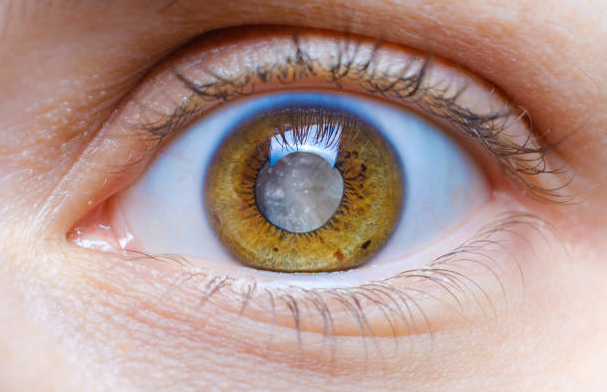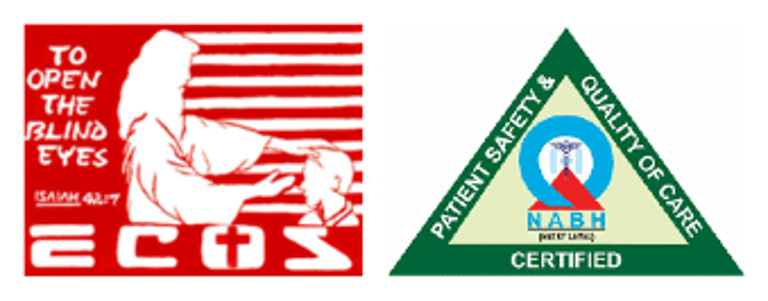Cataract
What is Cataract?


A cataract is a condition where the lens of the eye becomes cloudy, leading to a gradual decrease in vision. The lens is normally clear and helps focus light onto the retina, enabling sharp vision. When a cataract forms, it scatters and blocks light, making it harder to see clearly. Seeing through a cloudy lens is like seeing through a fog for people having cataracts.
Cataracts, affect individuals across all age groups, although they are significantly more prevalent among the elderly. In India, cataracts are the leading cause of blindness and visual impairment in the older population. A staggering 72% of individuals aged 50 and above are affected by this condition.
Our Services
Initially, the progression of cataracts is often subtle, with minimal impact on daily activities. However, over time, the lens becomes increasingly opaque, obstructing the passage of light. This gradual deterioration can significantly interfere with everyday tasks, impacting an individual's quality of life and independence.


Cataract surgery is the most common and effective treatment for cataracts. It involves removing the cloudy lens and replacing it with an artificial lens (intraocular lens or IOL). Cataract surgery is a safe and routine procedure with a high success rate.
If you are experiencing any symptoms of cataracts, it is important to consult with an eye doctor for proper diagnosis and treatment. Now a days, cataract surgery is predominantly performed using the phaco-emulsification technique.
Blurred or dim vision.
Increased sensitivity to glare (e.g., from headlights or sunlight).
Difficulty seeing at night.
Fading or yellowing of colors.
Seeing halos around lights.
Frequent changes in prescription for glasses.
Symptoms
Treatment
What is Phaco-emulsification and what are its advantages?
This technique utilizes ultrasound energy to break up the hardened cataract into tiny pieces. A small incision is made in the cornea (the clear front surface of the eye), and a tiny probe emitting ultrasound waves is inserted. This probe breaks down the cataract into smaller pieces. These fragments are then gently suctioned out of the eye. Once the cloudy lens material is removed, an artificial lens (intraocular lens or IOL) is carefully implanted within the eye to replace the natural lens.
Key Advantages of Phacoemulsification:
Minimally Invasive: The procedure involves a very small incision, leading to faster healing and reduced risk of complications.
Precise: Ultrasound technology allows for precise removal of the cataract with minimal damage to surrounding tissues.
Improved Vision: Patients typically experience significant improvement in vision after phacoemulsification surgery.


At ECOS Eye Hospital, we are equipped with latest Phaco Centurion Vision System (Gold & Silver) for precision cataract surgery
Phaco Centurion Vision System
Normal Vision
Vision with Cataract
Address
ECOS Eye Hospital
3rd Tota Street, Bijipur, Berhampur,
Ganjam, Odisha - 760005
Copyright © 2025 - ECOS Eye Hospital . All rights reserved.
Other Pages
Contact Us
Location
+91-94387 69535
OPD Timing
Monday to Saturday
8:30 AM - 1:00 PM &
4:00 PM - 7:00 PM
Sunday
9:00 AM - 1:00 PM
ecoseyehospital@gmail.com


+91-89184 22918

